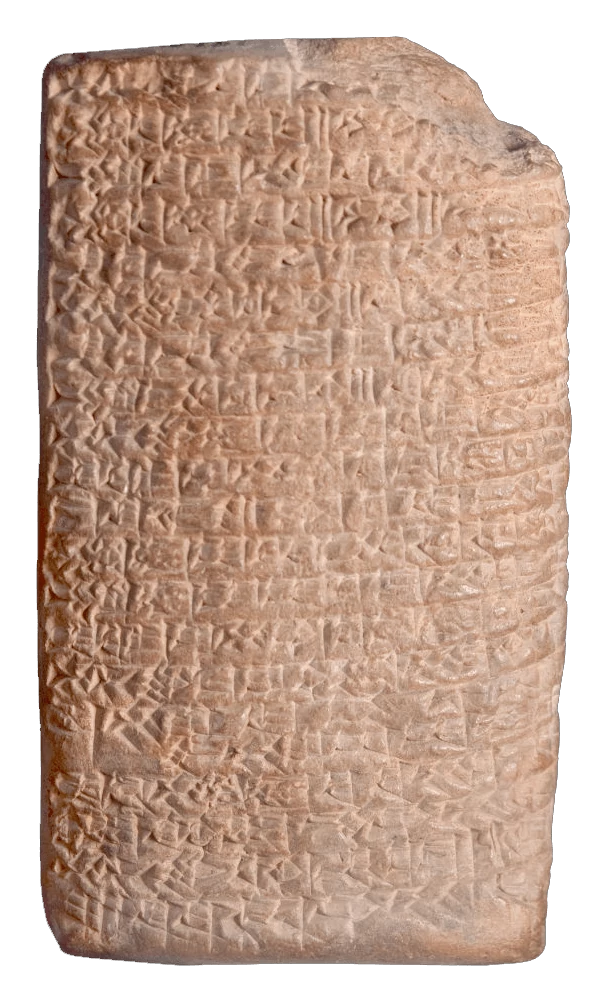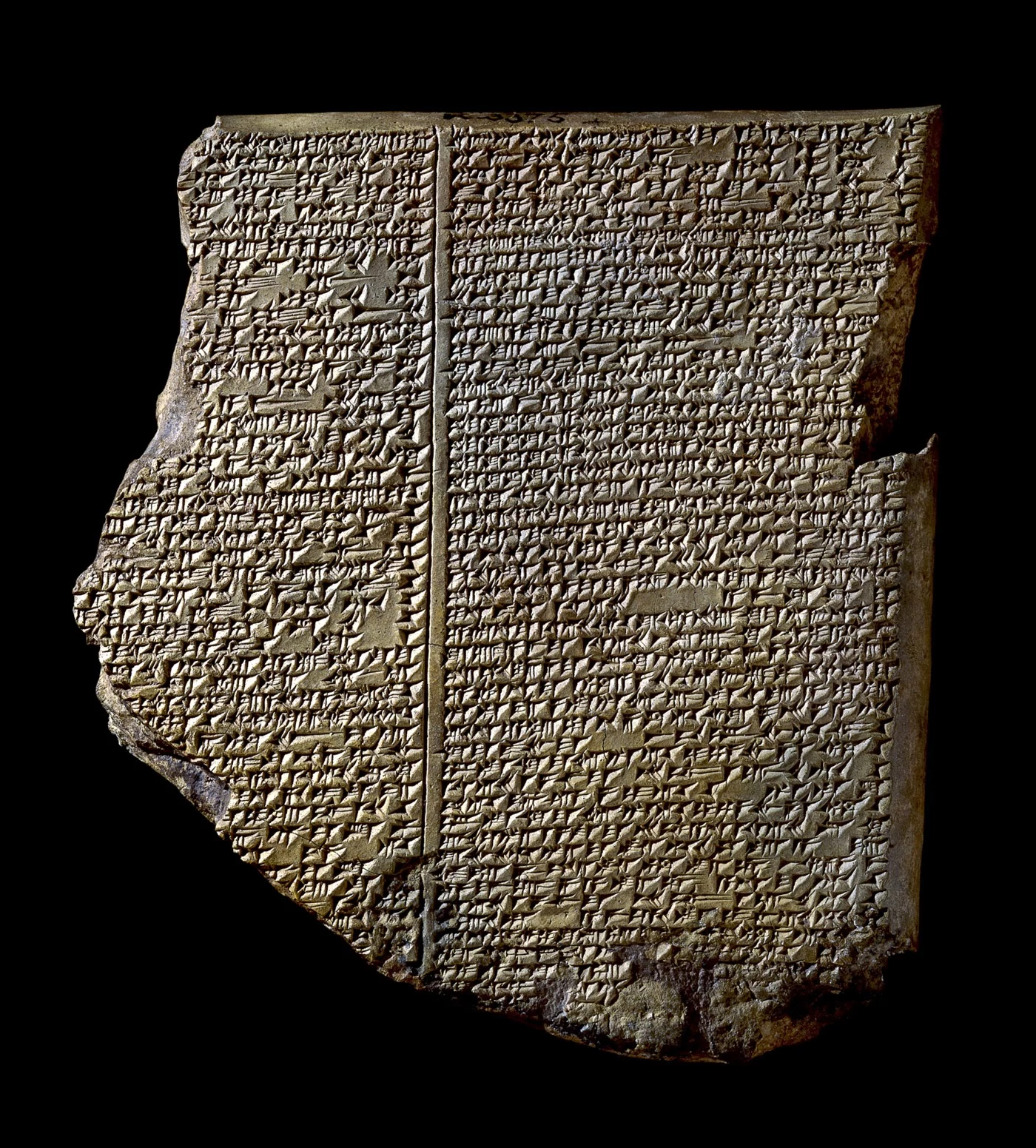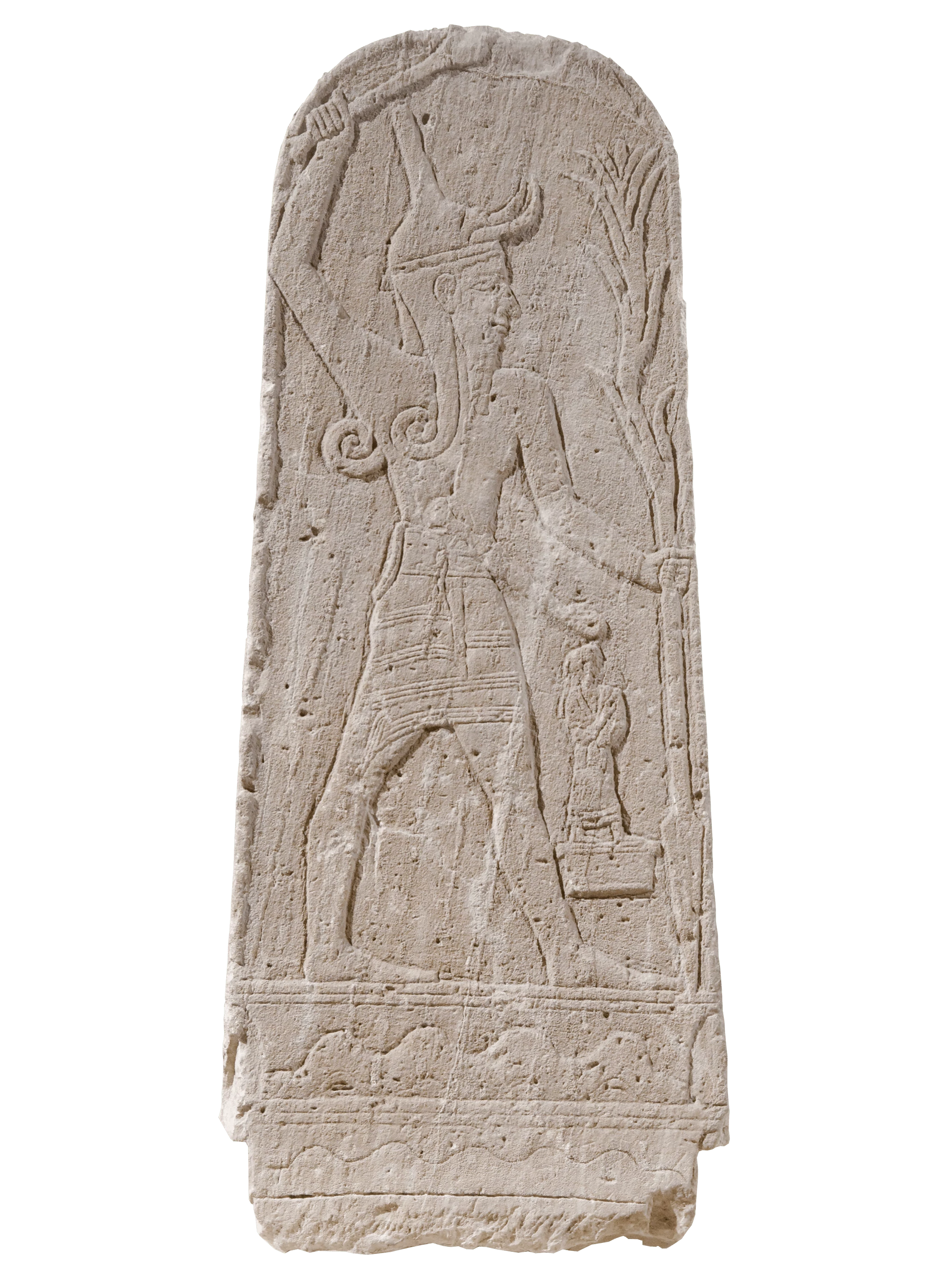The invention of written language is the most important milestone in human history, and we owe it to the accountants. Mesopotamia was a wild place at the dawn of the Bronze age. The Tigris and Euphrates rivers created a fertile stripe of perfect agricultural land arcing from the Mediterranean Sea to the Persian Gulf. Human civilization had flourished since the development of metal tools around 4500 BCE, and the potter’s spinning wheel had recently made storage and trade of agricultural produce possible. In this hotbed of development, trade between Mesopotamia’s many emerging city-states became a staple of the urbanizing culture, and around 3000 BCE we see the first examples of the written word—as receipts.
Storage vessels were sealed with clay, and stamped with marks of ownership, and cylinder seals were rolled into clay tablets to designate the quantities of sheep or grain to be exchanged. This earliest form of writing is known now as cuneiform, and while the earliest writings recorded transactions, it was quickly adapted to the recording of ideas. Luckily for historians, cuneiform was finally deciphered successfully by the French scholar Eugène Burnouf in 1836, opening the nearly two million discovered cuneiform tablets to translation. Only a fraction of these writings are translated, but already we've found stories, prayers, poetry and songs of the Mesopotamian world.
The rich and rapid social growth of the Mesopotamian city states brought war. From 3000 BCE to the region’s final conquest by Alexander the Great in 332 BCE, Mesopotamia was awash in bloody conflict. To understand the politics of the time, it’s important to understand the geography. Mesopotamia was home to many urban centers, each home to a unique culture and lineage of kings. Surrounding these cities was farmland, kept fertile by irrigation ditches. The more farmland and irrigation a city controlled, the more powerful it became. For 3000 years these city’s fought, traded, taxed and murdered each other. For 1000 years the Sumerians from Sumer were dominant, until temporary defeat by the Akkadians from Akkad. Babylon rose to power in 1900 BCE and competed with the Hittites from 1450-1200 BCE. And so on…
But in this violent, messy time some extraordinary things happened. In 2140 BCE, Gudea of Lagash, a Sumerian king, realized he could control his domain more effectively with words than with the sword. Gudea understood that stable power grows from order, so he funded massive public works: temples to the popular local gods Ningirsu, Nanshe, Ningishzida and Geshtinanna. These imposing structures emphasized the values of peace and religion, and reinforced the Gudea’s authority. Finally, and most brilliantly, Gudea commissioned small, moveable statues of himself to be delivered to cities across his kingdom, making his face a fixture throughout Mesopotamia and becoming the first superstar, the first celebrity.
380 years later the sixth Babylonian king, Hammurabi, created another defining feature of human civilization: the first unified code of law. Engraved on a seven foot tall basalt stone the 282 laws establish terms of judgment for business transactions, proper wages, and relationships, including divorce and inheritance. The laws also defined a strict set of punishments for breaking the laws, including the now infamous lex talionis, or eye-for-an-eye system of retaliatory punishment. Hammurabi’s Law Code was not the first set of laws in Mesopotamia, but it was the first to be compiled by legal experts, reviewed, edited, and codified into a universal definition of law—setting a standard for governmental justice that’s in place to this day.
...
Got questions, comments or corrections about Mesopotamia? Join the conversation in our Discord, and if you enjoy content like this, consider becoming a member for exclusive essays, downloadables, and discounts in the Obelisk Store.

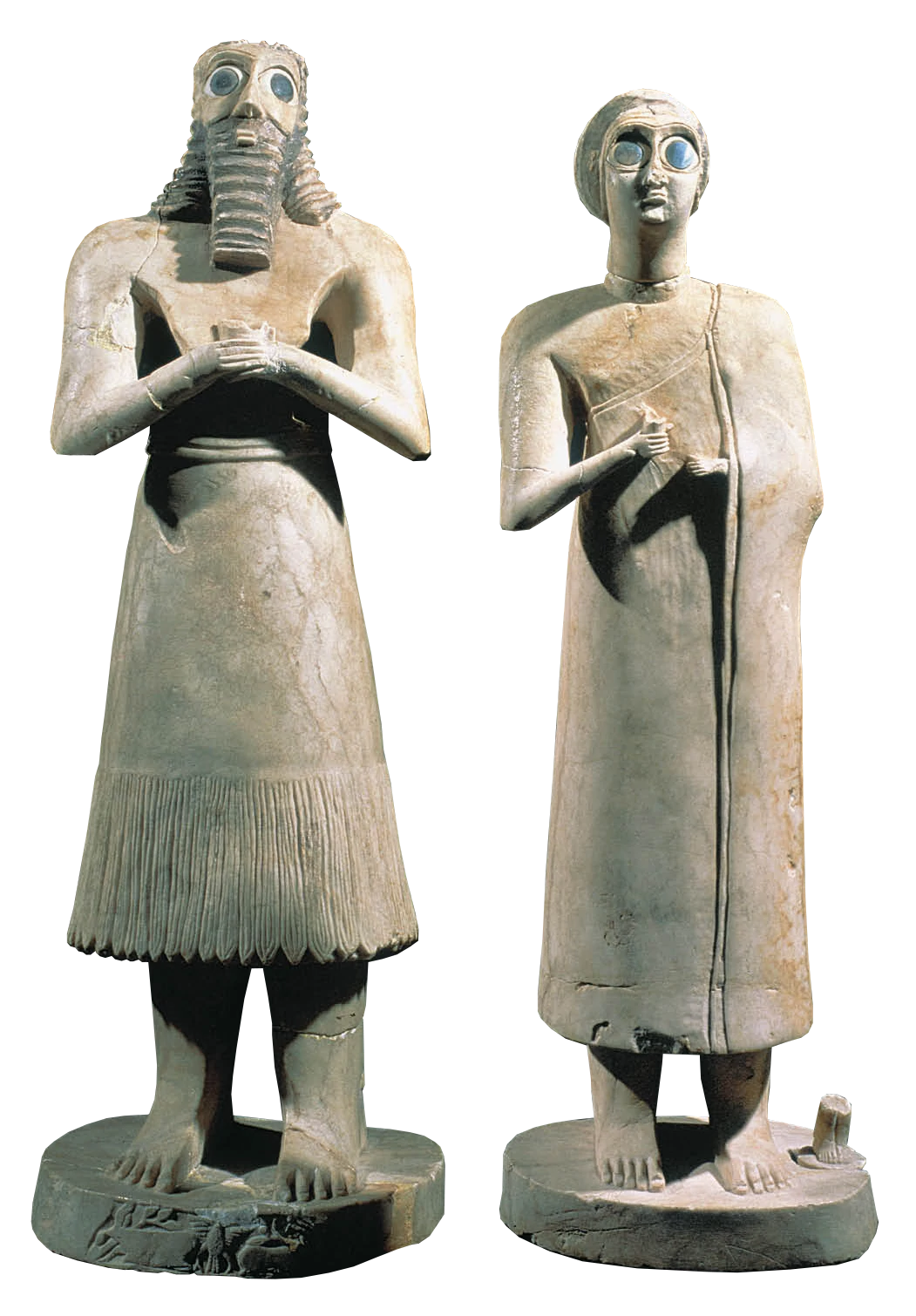
In the midst of Umma Entemena overthrew Urlumma and killed him. He left behind 60 soldiers of his force dead on the bank of the canal.
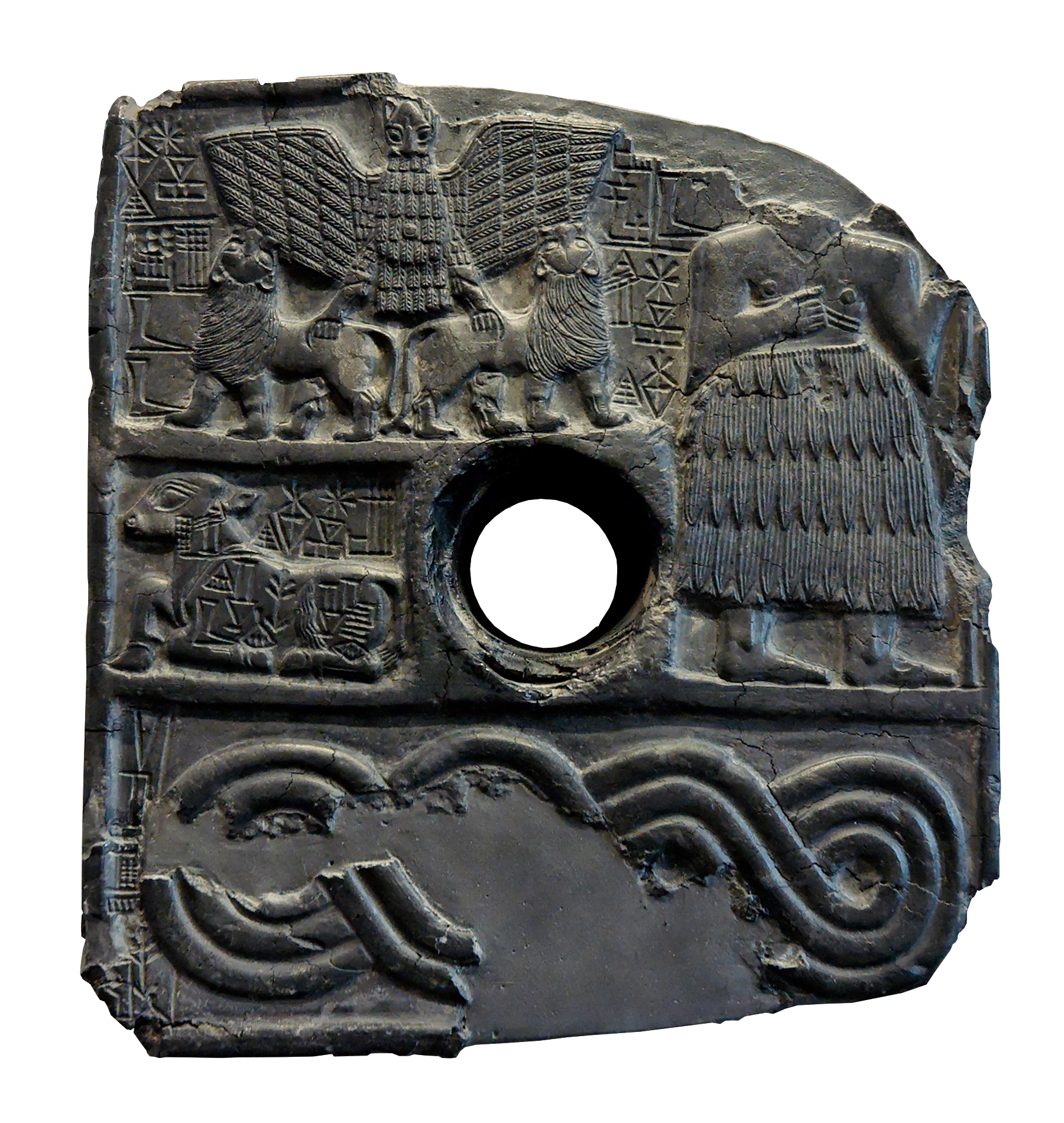

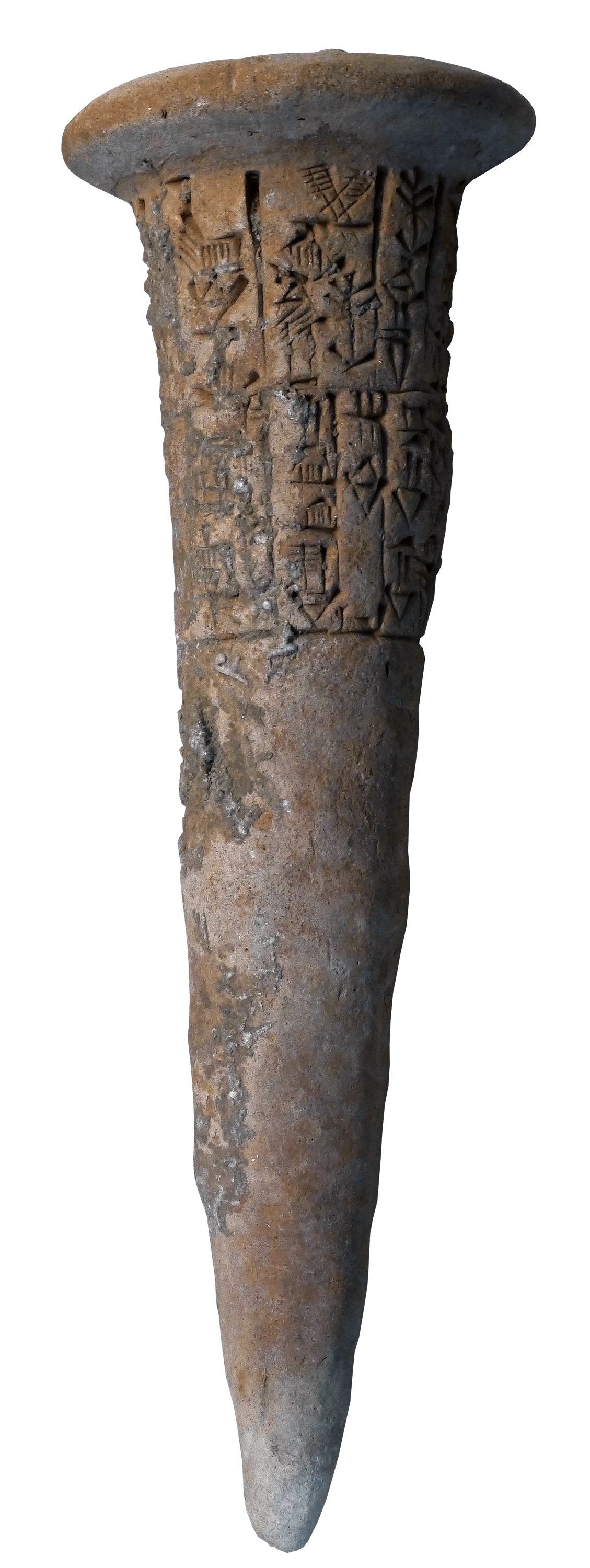
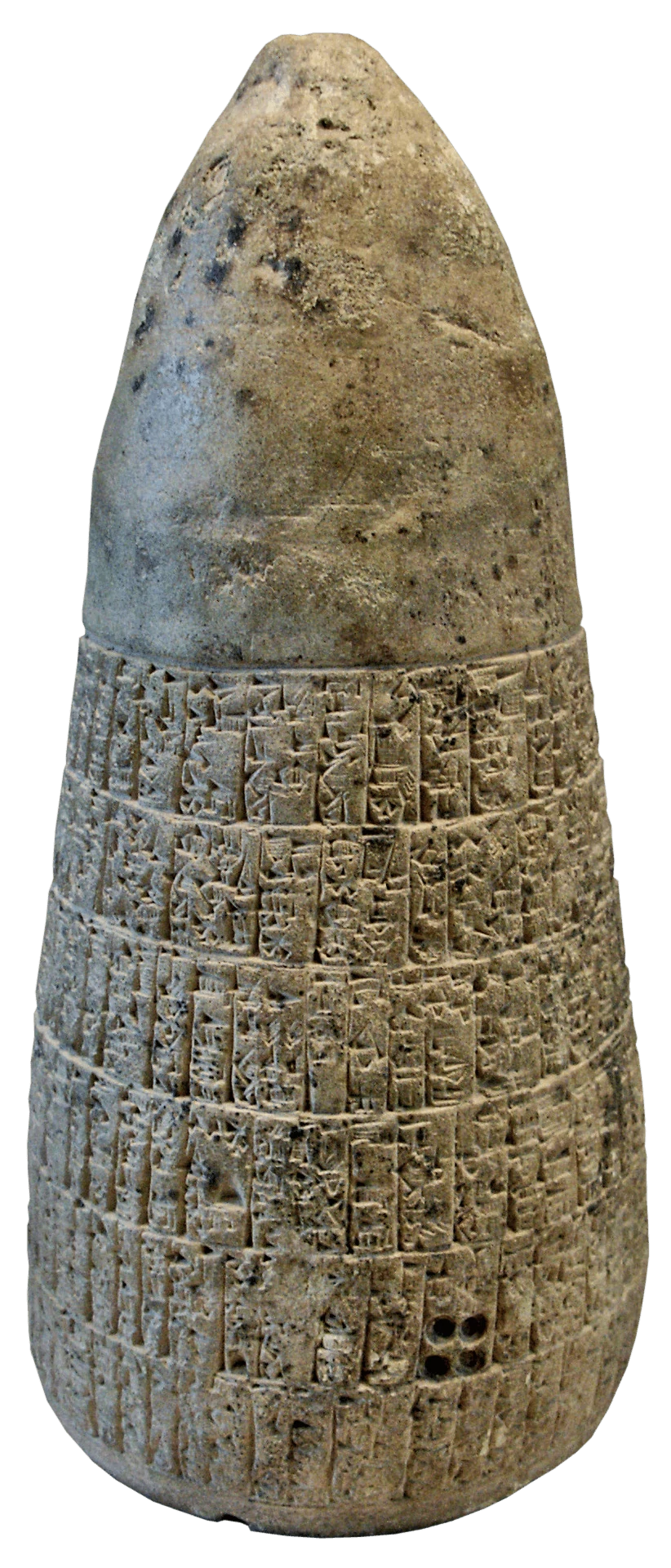
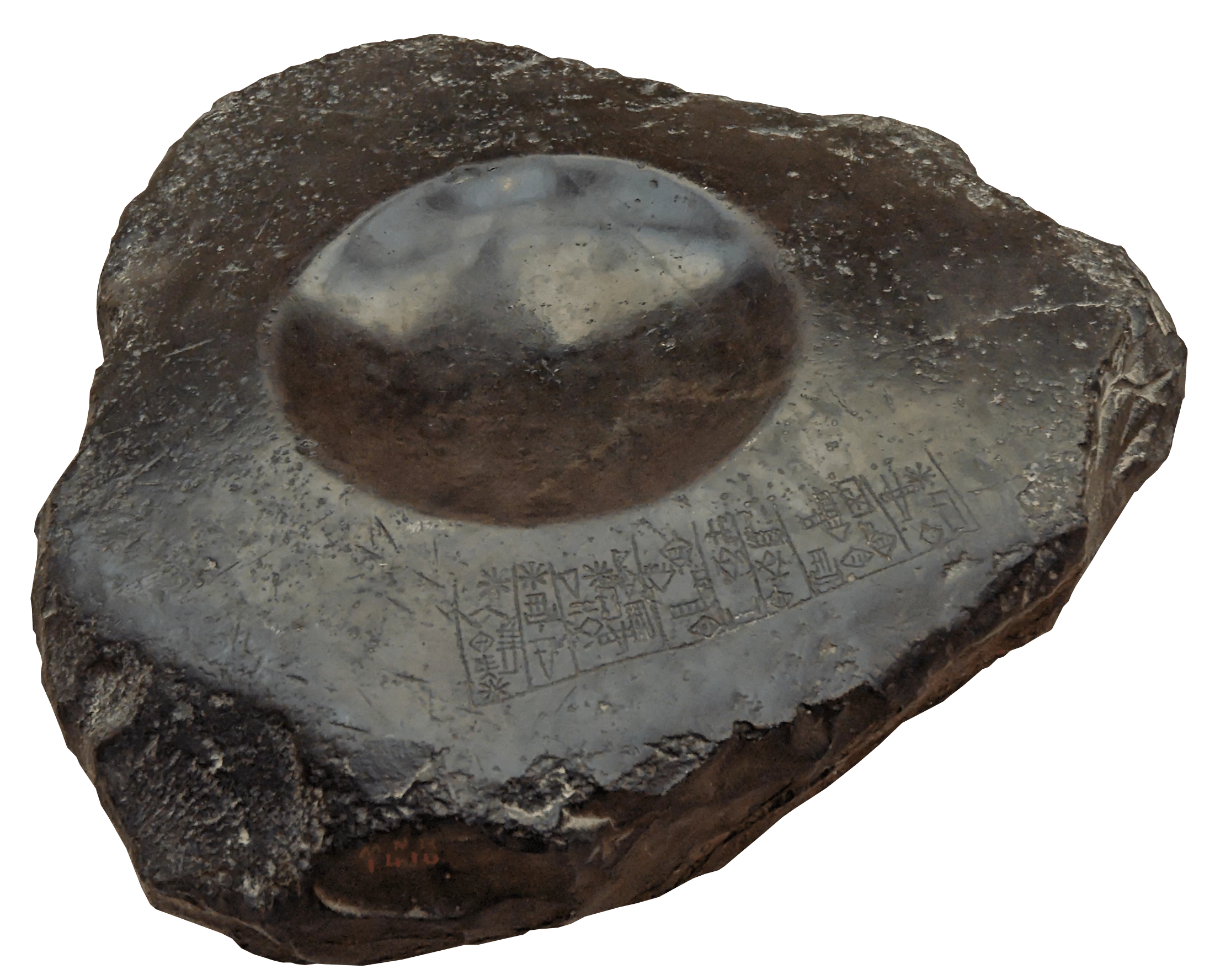
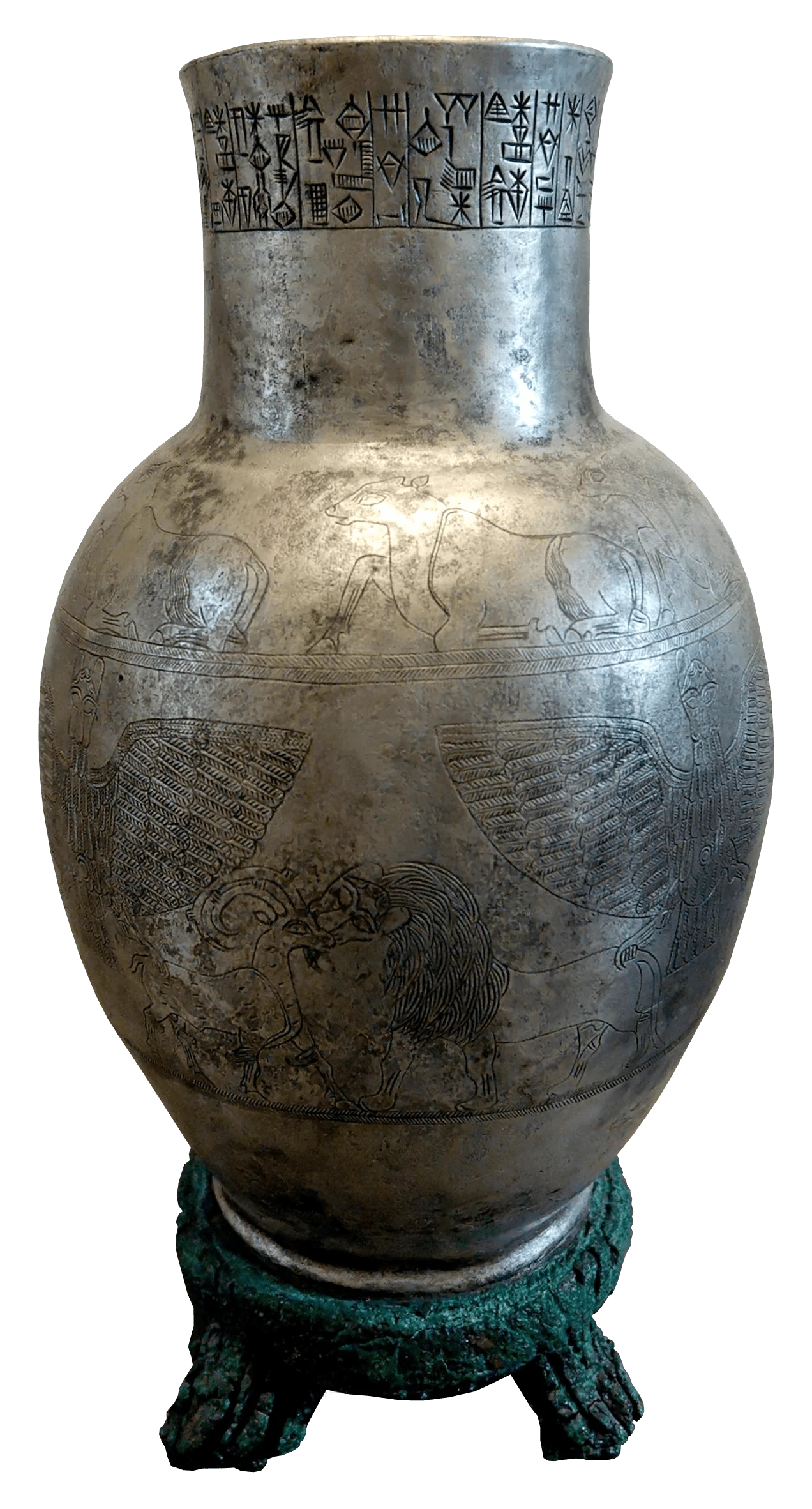
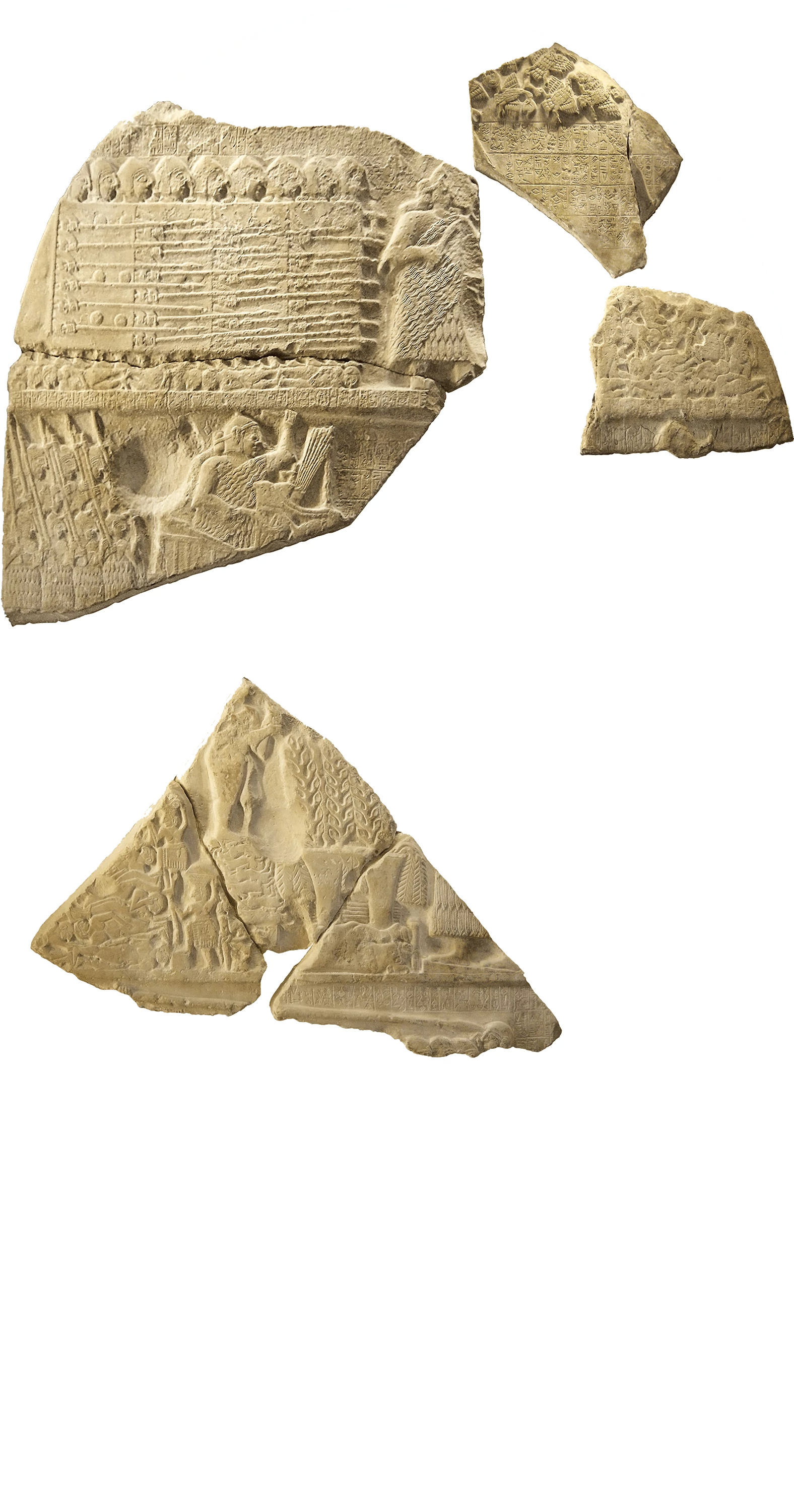
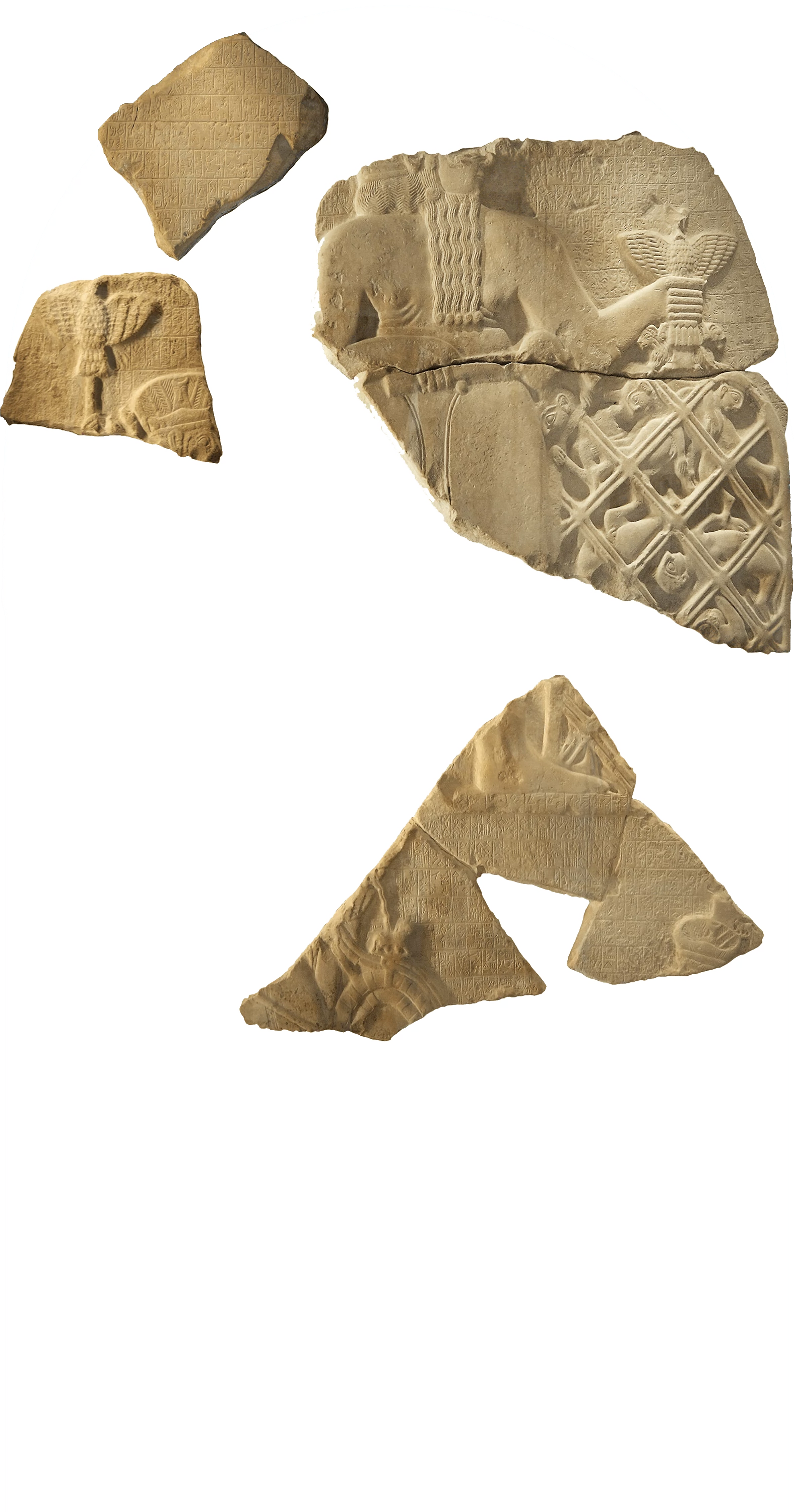



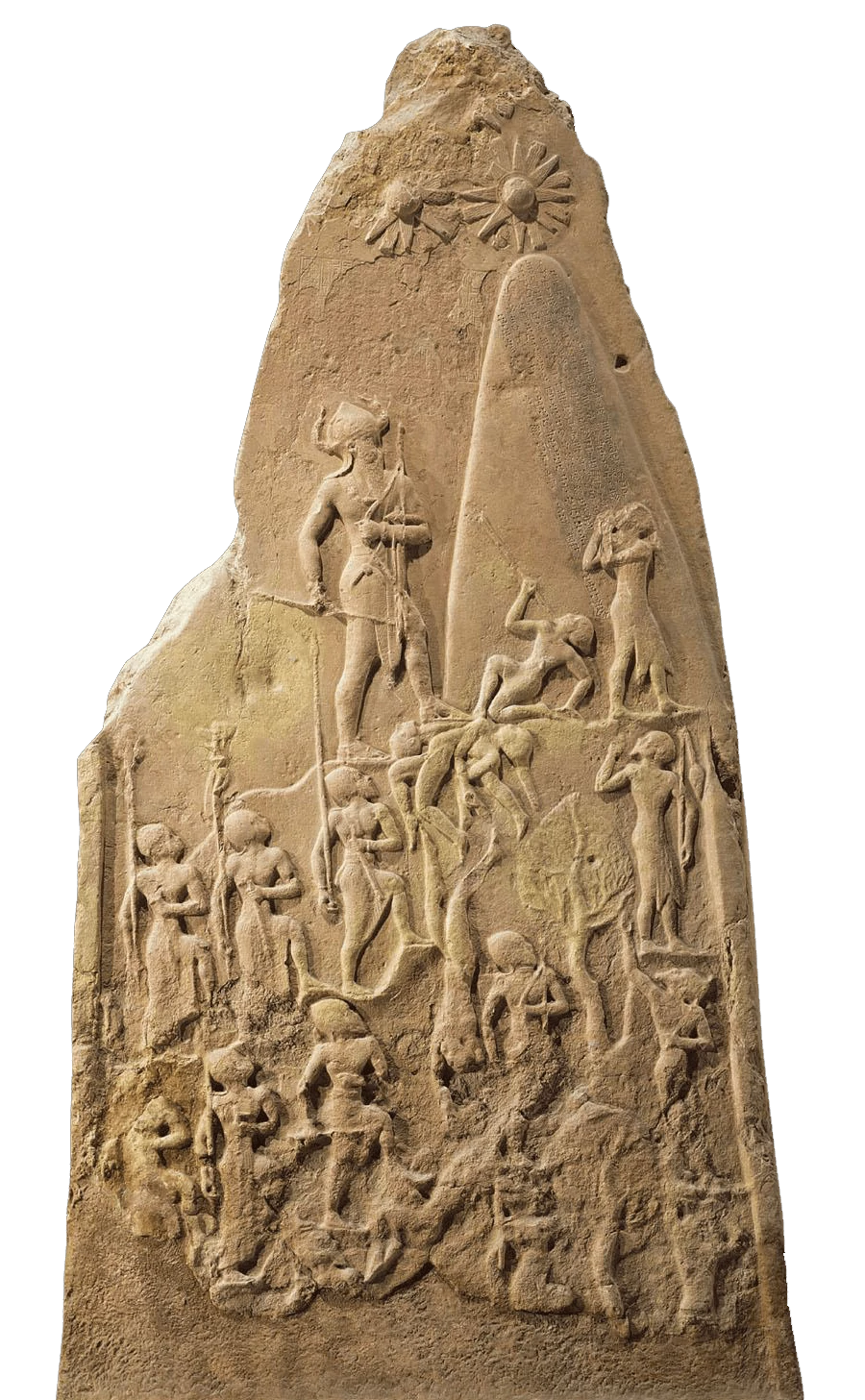
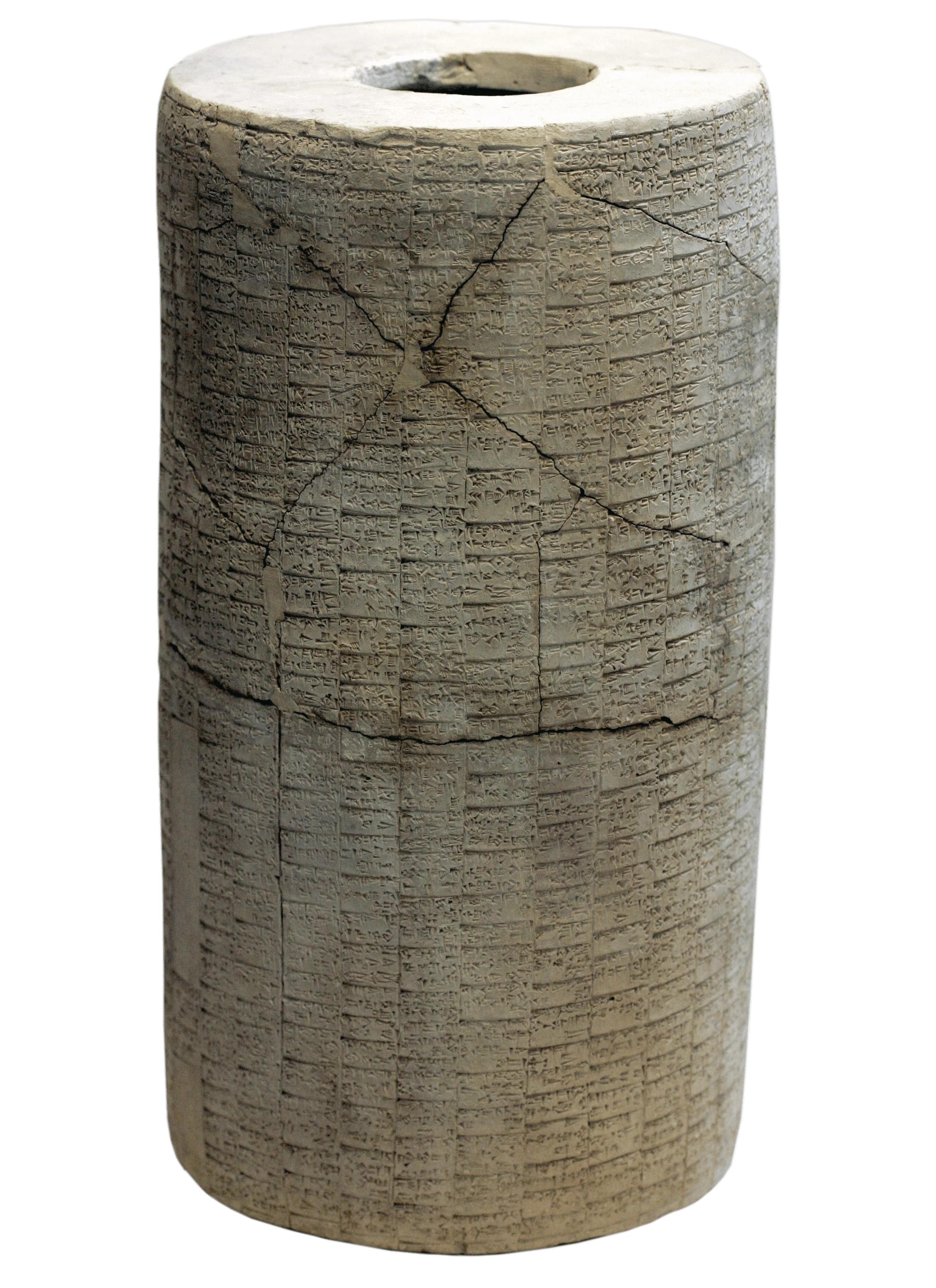
I am Nin-jirsu. No country can bear my fierce stare, nobody escapes my outstretched arms.
The day was for supplication, the night was for prayer. The moonlight ... early morning, its master.
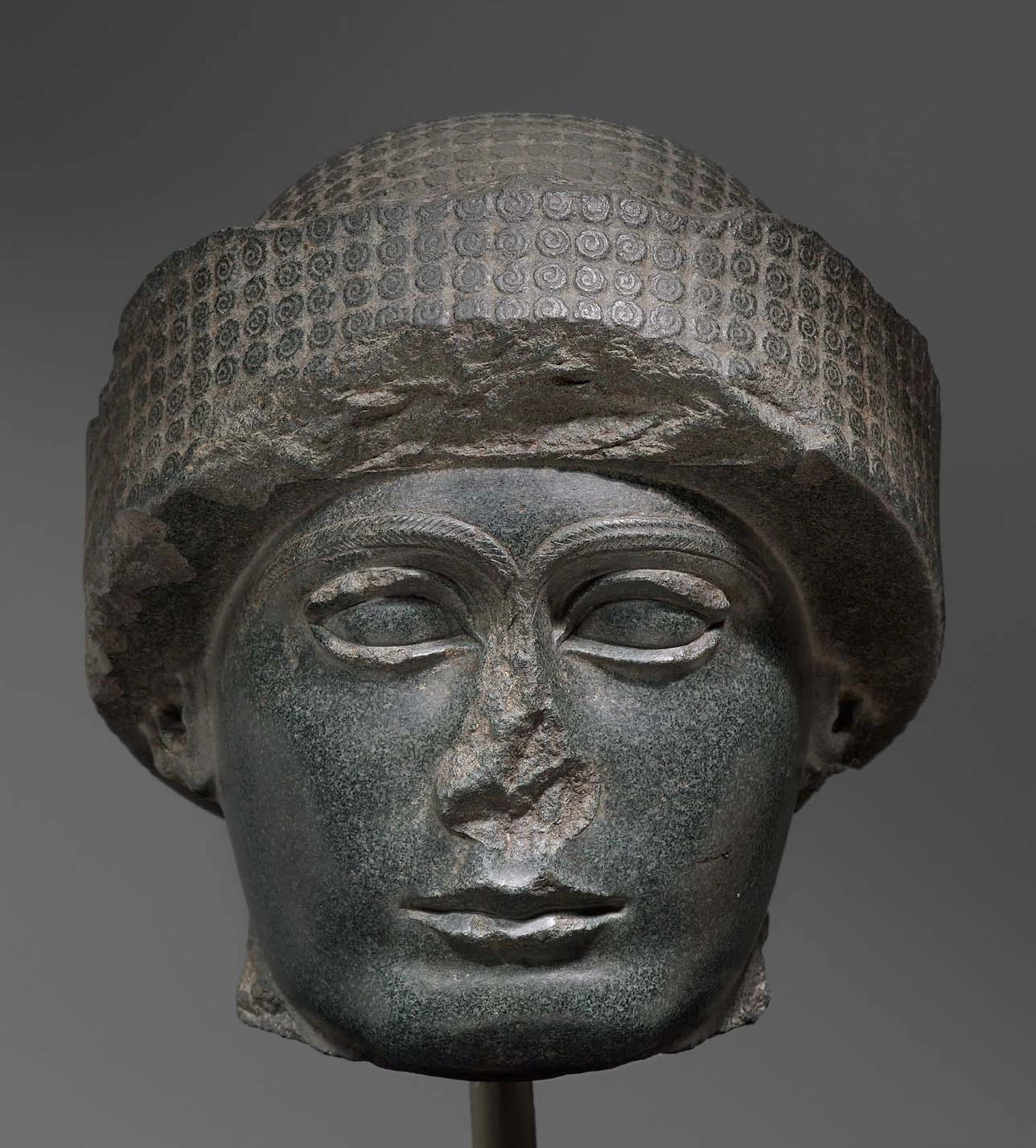




"Wake me early in the morning, I must not be late, or my teacher will cane me."
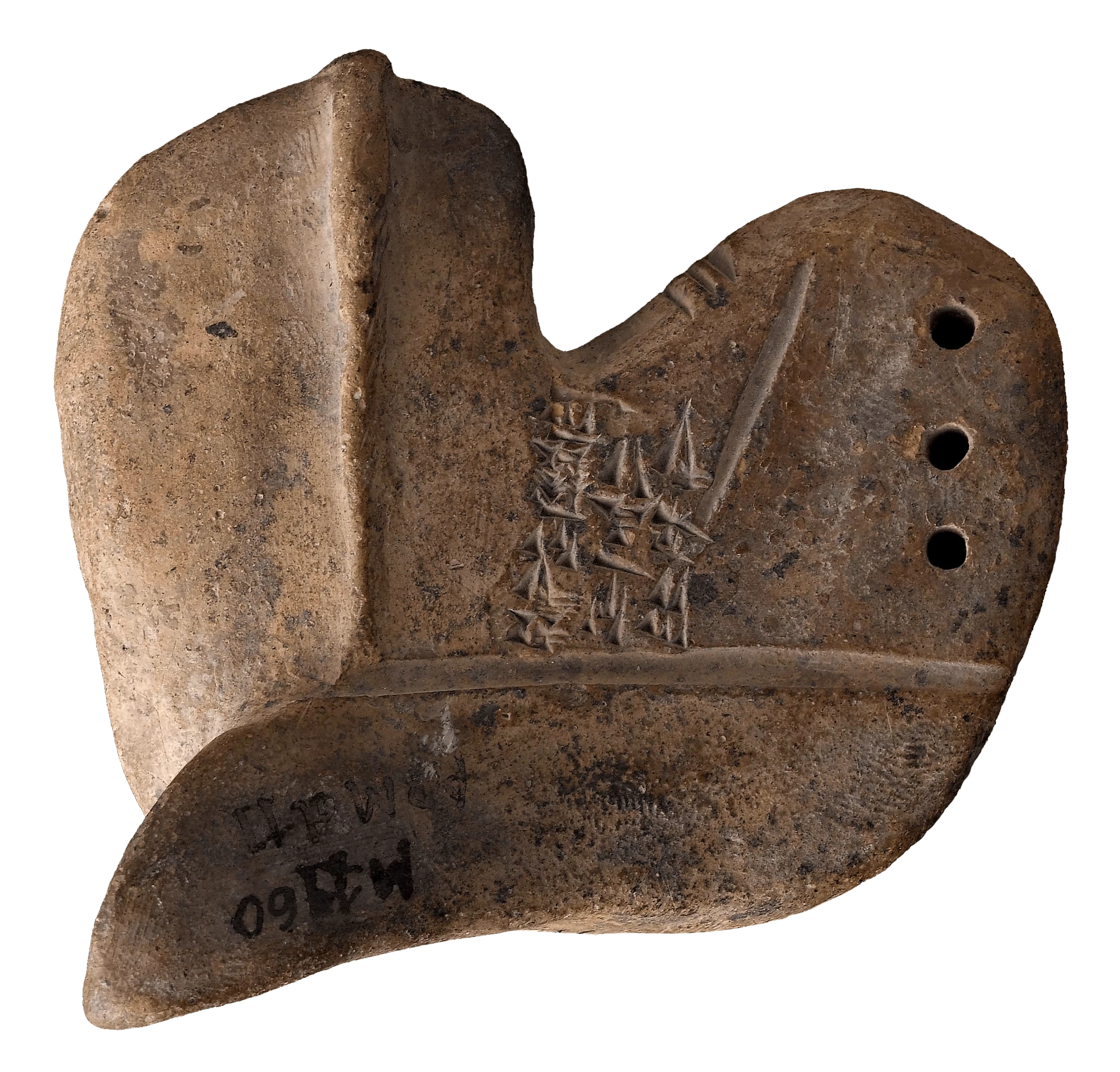

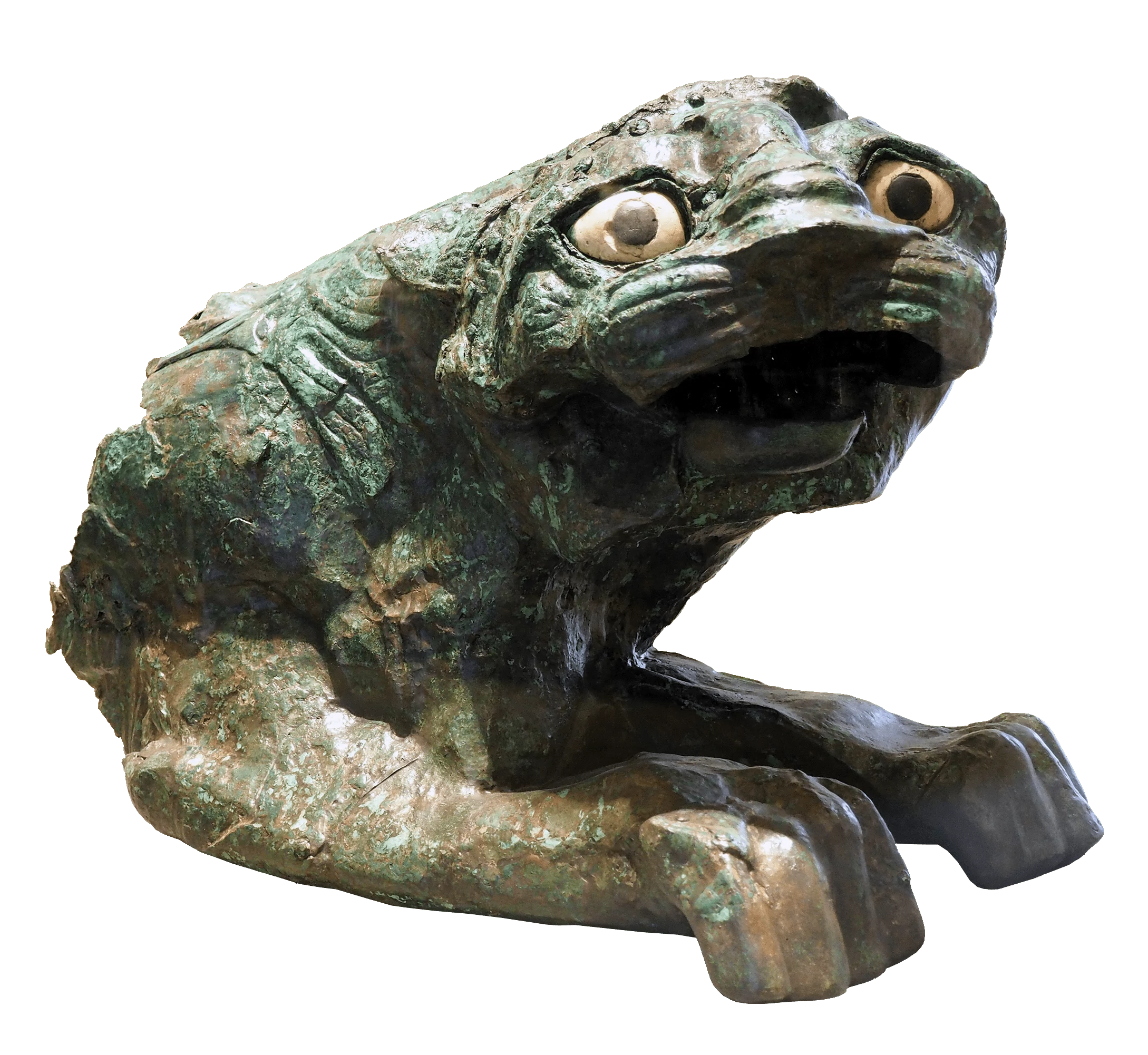

Your kingship is good for the people. The people spend their days in abundance thanks to you.
In order to find sweetness in the bed on the joyous coverlet, my lady bathes her holy thighs.


The First Law of the Land: if any one ensnare another, then he that ensnared him shall be put to death
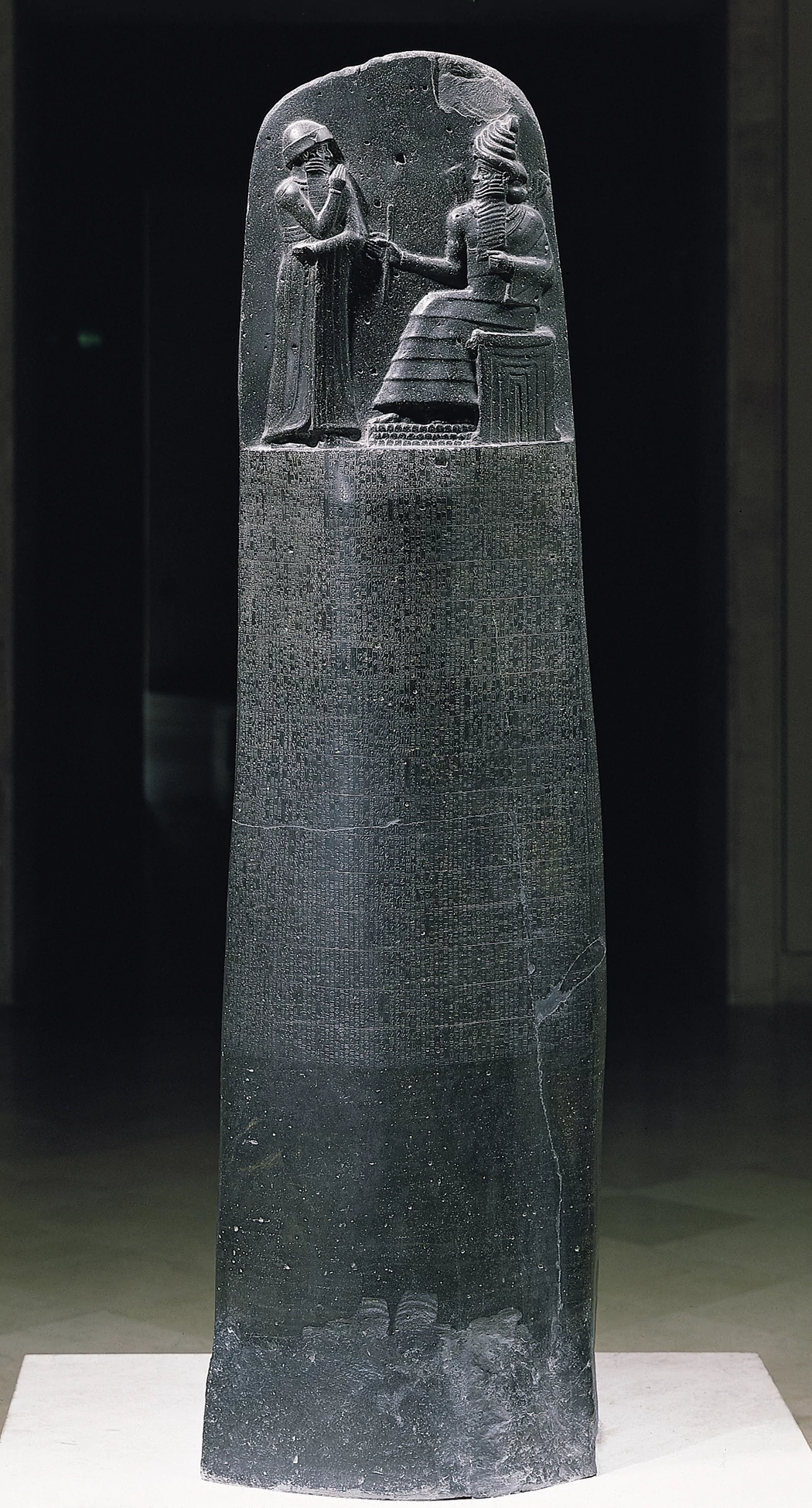
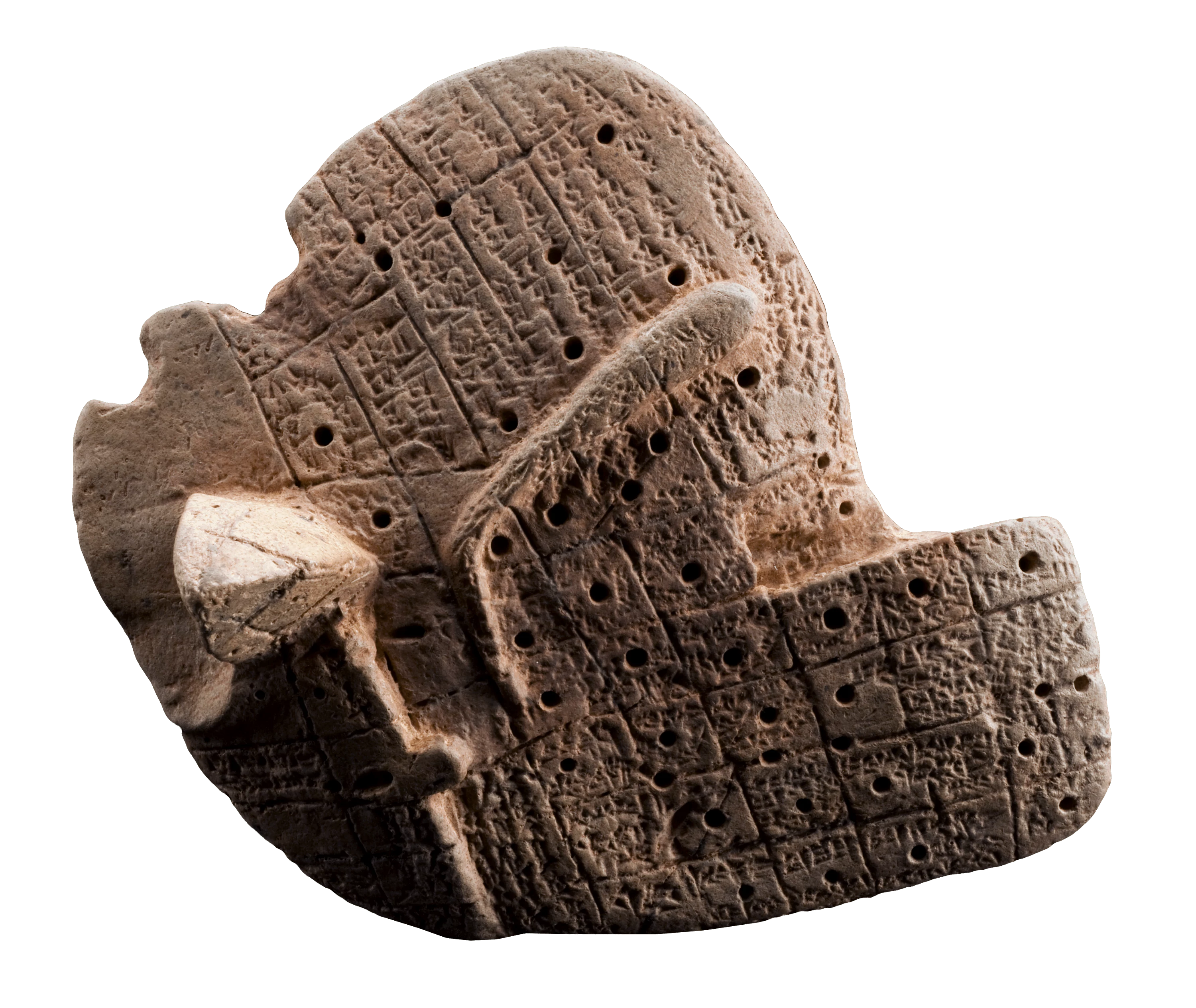
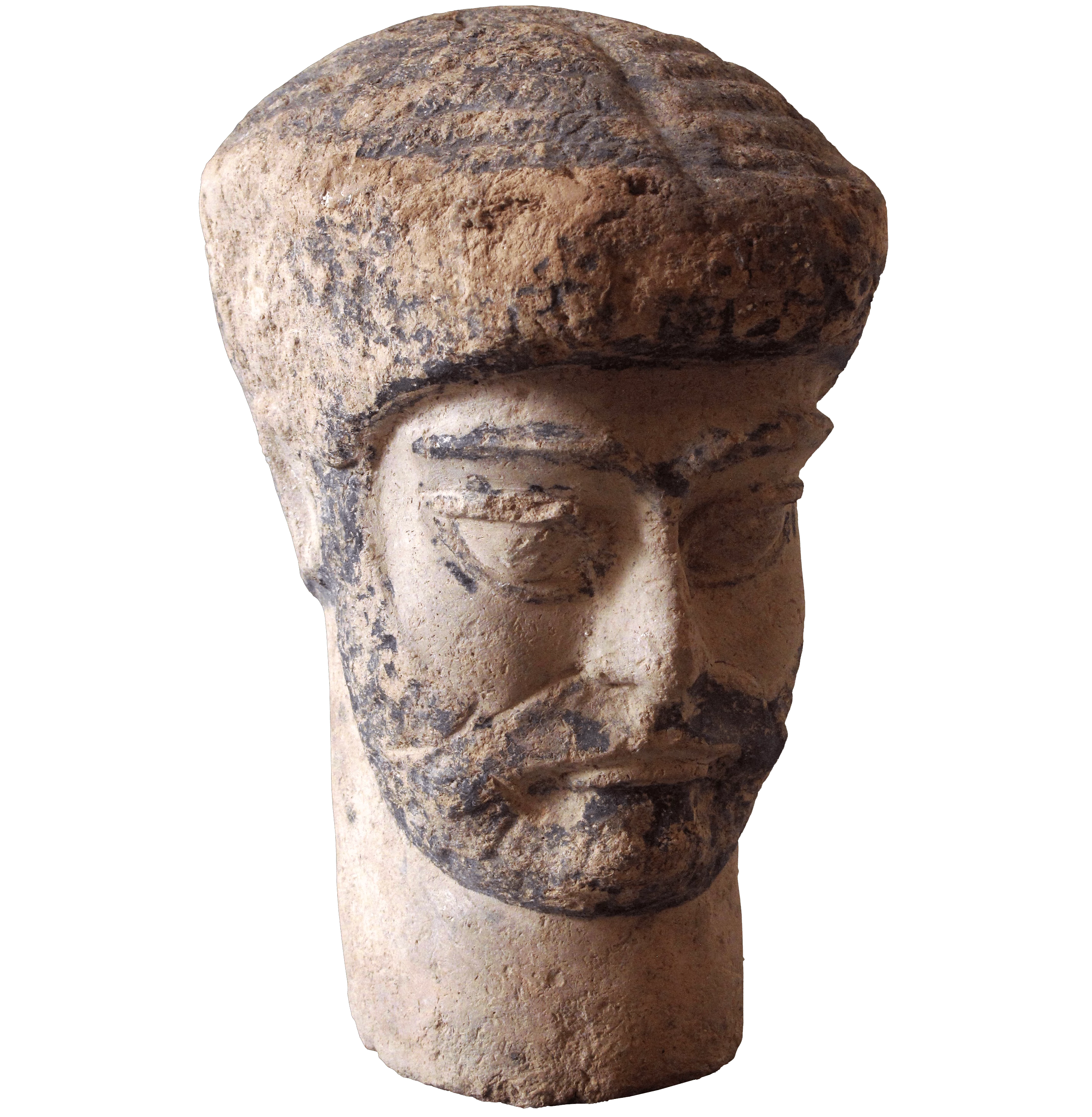

Action and inaction will both destroy you in the end
